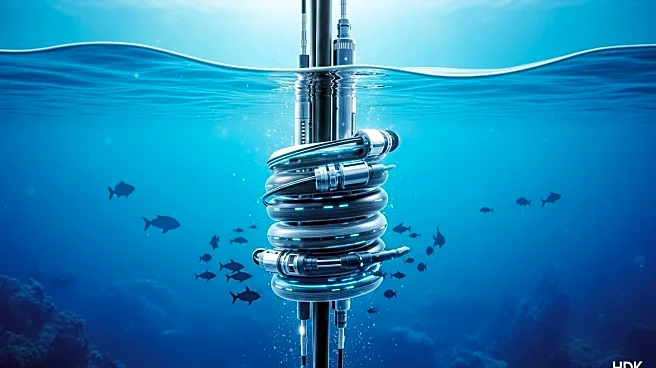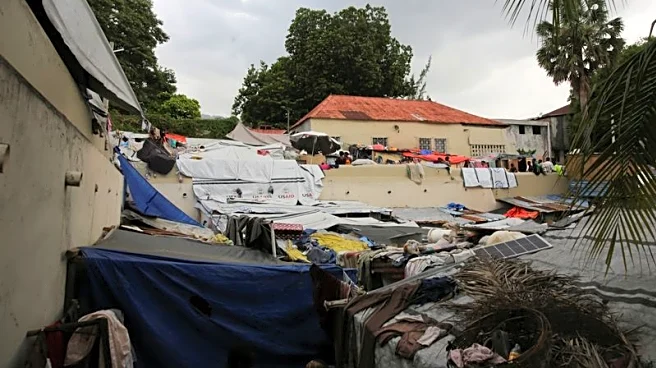What's Happening?
Liberty Networks has unveiled plans to replace its existing MAYA-1 subsea cable in the Caribbean with a new system, MAYA-1.2, which will offer double the capacity of the original network. The current MAYA-1 cable, operational since 2000, spans 4,400 km and connects Florida, Honduras, Cayman Islands, Mexico, Costa Rica, Panama, and Colombia. The new MAYA-1.2 cable will be 2,386 km long, featuring a minimum ring design capacity of 4 Tbps, and will connect Florida directly to Honduras with a branch to the Cayman Islands. This upgrade aims to secure long-term capacity and services for member operators, with Cayman Islands benefiting from expanded capacity and reduced latency. The project is led by Liberty Networks in partnership with the new MAYA-1.2 consortium members, with Alcatel Submarine Networks serving as the lead technology partner. Completion is expected by the first half of 2026.
Why It's Important?
The introduction of the MAYA-1.2 subsea cable is significant for enhancing digital connectivity and capacity in the Caribbean region. By doubling the network's capacity, Liberty Networks aims to support growing data demands and improve service reliability for member operators. This development is crucial for the Cayman Islands, which will experience improved internet speeds and reduced latency, fostering better communication and business operations. The project also aligns with broader efforts to modernize infrastructure and support economic growth in the region, potentially attracting more investment and technological advancements.
What's Next?
Following the completion of the MAYA-1.2 cable, Liberty Networks plans to remove and scrap the southern portion of the existing MAYA-1 trunk. This will pave the way for the deployment of the MANTA pan-regional subsea cable system, which is expected to be operational by 2027. The MANTA system will further enhance connectivity with landing points in the US, Mexico, Colombia, and Panama, supporting a minimum of 20 Tbps per fiber pair. These developments are likely to stimulate further technological investments and collaborations in the region.













